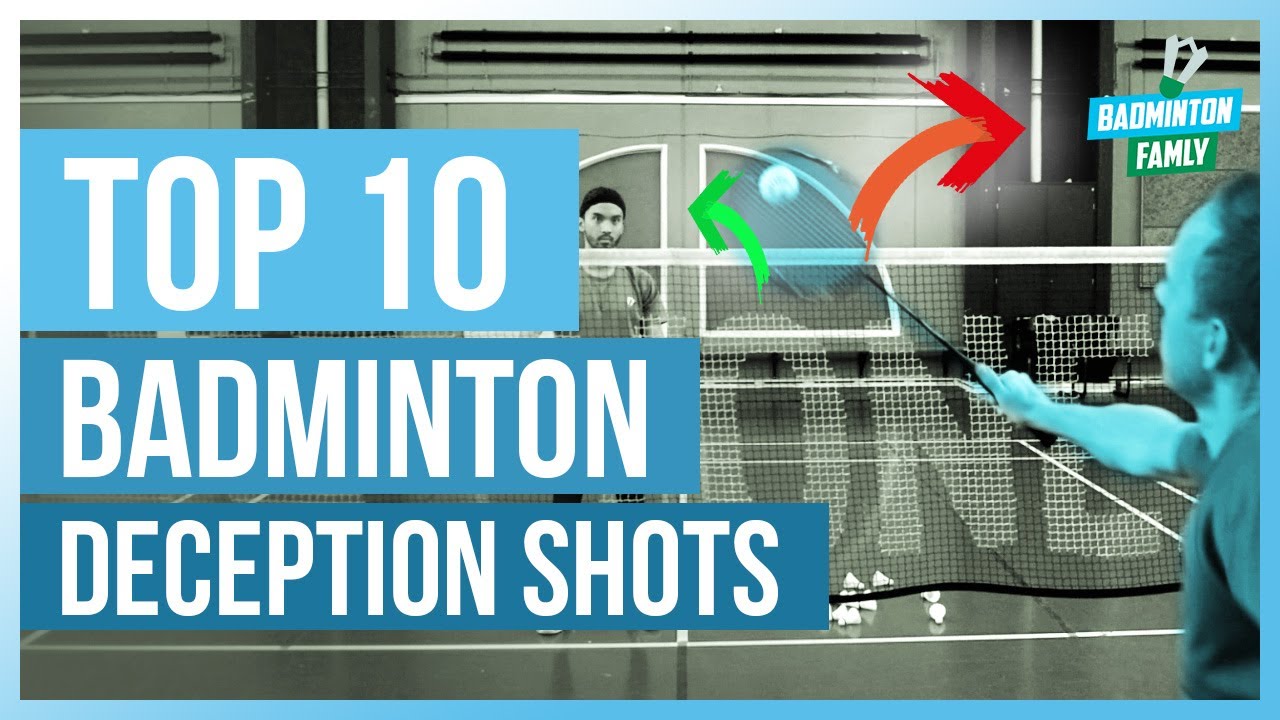
Pain in the Achilles Tendon
Pain in the Achilles Tendon
Pain in the Achilles tendon is a well-known phenomenon in all kinds of sports that includes a lot of activity with the weight on the front of the foot. Repeated stresses on the calf muscle can cause an overload of the Achilles tendon, which results in Achilles inflammation, or as it is better known Achilles tendinitis or tendopathy
What are the symptoms of Achilles tendinitis?
An overloaded/inflamed achilles tendon is swollen, stiff and tender when applying pressure and when its activated. The injury/pain is never acute, but will most often feel like a tenderness/stiffness in the tendon after physical activity. You can experience this, if you do a different workout routine or a longer run than you are used to.
The soreness will subside gradually over a few days and you may not experience the pain more than that. This is the symptoms of a mildly overloaded achilles tendon, and is not much different from the soreness you can feel in your muscles after a hard workout. Often you will feel the soreness disappear if you do a proper warm up.
The tenderness is an indication that the tendon has been loaded a bit more than its strength can endure, and if you continue to expose the tendon to this nondurable strain, the degree of overload will increase and worsen, and so will the symptoms.
You will find that the pain / stiffness after physical activity increases and it takes longer for it to disappear. The tendon will be tender, swollen and stiff in the morning, and it will require longer and longer time to warm up the tendon, and you may find that the tendon starts to feel sore or painfull at the end of a workout where it would normally only be a problem after training. If you experience this, you are well in the process of making a significant overload of your Achilles tendon, and if you are not aware of it immediately and take action, it will gradually develop into a state where you will experience constantly stiffness ans swelling in the tendon as well as a pain that will prevent you from being able to do physical activity.
Why does it hurt?
The swelling is due to inflammation, which is the body's own attempt to repair the injury.
When the body experiences an injury somewhere, it responds by sending extra blood locally into the injured area as the blood contains all the fuel the body needs to repair the damage. If, over time, a weak Achilles tendon is loaded, more and more microscopic blood vessels will enter the damaged area. It should be positive that the body itself tries to repair the damage, but what happens over time is that along with these small blood vessels, small nerve branches will also grow into the tissue, and when it does, the tendon is in a pretty bad condition, where the swelling, stiffness and especially the pain will be more or less constant, or quickly provoked by physical activity.
Why Do I Get Achilles tendon problems?
As described in a previous section, the inflammation is caused by an overload of tissue; that is, the tendon has been trained/loaded more than it can handle.
As such, you will typically experience it if you start loading the tendon in a different way than you normally do, for example if you start a sport you are not used to.
Let's say you start playing badminton twice a week for an hour and a half. In this case you can easily experience Achilles tendon problems for a shorter or longer period of time. If you are cautious in the way you strain the tendon, e.g if start out slowly and only play for 30 minuts the first couple of times and respect any tenderness, then your tendon will get used to the badminton load and you will not have any significant problems, since the tendons can cope with the strain and will become stronger.
Another example is when you increase the amount of exercise considerably. If you change from running 2 x 5 km a week to running 4 x 5 km a week or 2 x 10 km a week, the tendon is significantly more stressed than usual, and it can react with inflammation-like symptoms, which, like the example of badminton, can be avoided if your increase in exercise volume occurs more gradually. Then the tendon will adapt to the increased load, rather than reacting with an overload/inflammation.
A final example is if the external conditions change drastically. Here, a classic example would be football training, where you change the surface. It is a classic example that training on artificial turf can cause achilles tendon pain, just as a very dry and hard pitch can do. Here, your amount of exercise does not change, but the strain on the tendon nevertheless changes significantly, due to the new ground surface. Again, it will require adjusting the tendon to the new load, and the right increments when changing the load, but if done, you can quite easily eliminate the Achilles tendon problems.
What all three examples have in common is CHANGE. New movements, new load or new surface.
But change can also happen due to other things, and if this is the case, you should pay special attention if you have not changed anything in your workout/load of the Achilles tendon.
A classic example is the runner, who runs the same distance twice a week and suddenly experiences achilles tendon problems. In the beginning, it will typically be a light tenderness that will disappear when you get warmed up, but which will gradually get worse and worse, as in the case where the load is increased. There is no immediate change here, but it does not mean that your tendons are not loaded differently. In this case it will be relevant to check your running shoes. Are they worn out? Is it the right type in relation to the position of your foot (is your foot supinated, neutral or pronated)? Small changes can also cause big problems, and a worn out running shoe or a shoe that does not support you optimally can cause you big problems over time.
You use thousands of steps during a run, and the impact is significantly greater than when you walk. This repeated strain of the tendon in the wrong footwear can result in a significantly altered impact on your achilles tendon. If you suspect this to be a reason for your pain, I would recommend that you check your running shoes and possibly get guidance on which shoes are the best for you.
Another cause of the unexplained achilles tendon pain can be found in a completely different place than in the tendon itself. Small changes in the way you load the tendon can cause as much trouble as a worn out running shoe. An ankle that does not move freely can cause Achilles tendon problems.
I have seen many examples of ankles that have had restrictions which have affected the tendon.
A classic example that I have seen time and time again is that a sprained ankle causes problems for much longer than it should. Several months after even a minor sprain, other problems can be developed, such as achilles tendon pain. Typically, the sprain will have affected the small joints of the ankle and foot, which makes the movement of the ankle just slightly different. You probably don't notice it yourself, because your body has an amazing ability to function, despite minor injuries/restrictions. But over time, these small restrictions will propagate elsewhere, as all other tissue must adapt to the new conditions, and this could over time develop into, for example, an Achilles tendon inflammation.
When your achilles tendon pain is not immediately explained by your level of physical activity and does not go away by itself when you pause, you should consult a physiotherapist and find out if there may be other causes for your problems. It will always be relevant to check whether the lower back, pelvis, hip, knees and ankle are moving and working as they should.
Rehabilitation of the Achilles tendon
Where eccentric training for tendopathies (inflammation of the tendon tissue) was previously recommended, heavy/slow strength training is now recommended, since studies has shown this to be the most effective training for the rehabilitation of tendopathies.
Here's how to train your Achilles, if you have tendinitis problems
When doing the exercises it is okay to experience a slight or moderate tenderness in the tendon, at about a 2-3 on a pain scale from 1-10.
It is important that you perform the exercise as slowly as recommended (3-4 seconds up and 3-4 seconds down), and that you start with relatively low weight with many repetitions, and then gradually increase the weight and decrease the number of repetitions. The exercise is and should be very hard on your calfs, and the first couple of times you do the exercise, you will probably experience a very tight and stiff calf the day or days after training.
I usually recommend starting with 3 x 16 repetitions and then lowering the number of repetitions by 2 for every 2 weeks while increasing the load. Eg. the first two weeks 3 x 16 repetitions, then two weeks with 3 x 14 repetitions etc.
Treatment of Achilles tendonitis
The right manual treatment can alleviate your achilles tendon problems and significantly reduce your rehabilitation period. I myself have experienced good effects of treatment directly on the tendon and calf muscle. In addition, you should check if you have any restrictions, for example, in the ankle, which may be the cause of your tendon being overloaded.
If you do not find the cause of your pain, no matter what exercises you do, it will be without significant effect, as the real cause of your problems has not been addressed. I would always recommend that you seek help from a physiotherapist if you find that your problems are not remedied by a normal rehabilitation.
Tape for an Achilles tendon
I have experienced several players who have had good effect from kinesiotape on the Achilles tendon, which has either completely or partially removed the pain. However, this is only the case with the milder forms of overloads, where the injury is caught in the early stages. The tape can also be used later in the process when the pain and inflammation is relatively limited.
Compressions socks and Achilles tendon inflammation
There are a number of studies that indicates that compression products cause less lactic acid accumulation in the muscles after physical activity.
In addition, many studies show that the compression products can reduce the micro-traumas that occur in the muscles during physical activity, as the compression reduces the harmful vibrations the muscle tissue is exposed to.
The compression results in reduced muscle stiffness and soreness after exercise. Less muscle stiffness in the calf muscles reduces the stress on the Achilles tendon, which can have a positive effect on your Achilles tendon pain. In addition, Liiteguard's performance sock (which you can find here) has an extra tight compression in the area around the Achilles tendon, which has been shown to have a positive effect on Achilles tendon pain.





Leave a comment
This site is protected by hCaptcha and the hCaptcha Privacy Policy and Terms of Service apply.